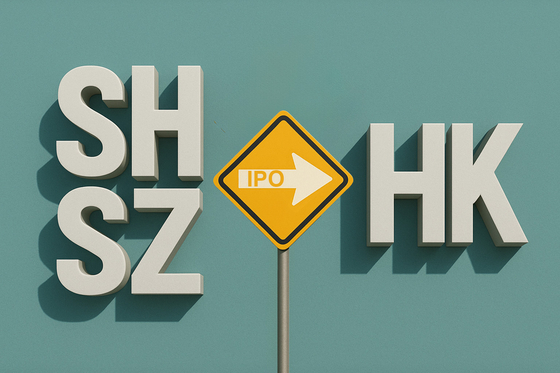China has introduced a significant policy shift allowing companies in the Greater Bay Area (GBA) that are already listed on the Hong Kong Stock Exchange (HKEX) to also seek listings on the Shenzhen Stock Exchange (SZSE). This move is designed to open up the Chinese mainland’s stock market further and to strengthen financial integration within the Greater Bay Area, which includes Hong Kong, Macao, and nine cities in Guangdong province such as Shenzhen and Guangzhou [para. 1][para. 3][para. 4]. The new guidelines were finalized in August 2024 as part of the “Opinions on Further Advancing Shenzhen’s Comprehensive Pilot Reforms to Deepen Reform and Innovation and Expand Opening-Up,” and they were publicly released by the State Council and the Communist Party Central Committee in June 2024 [para. 2].
Historically, mainland stock market access was tightly restricted. Before 2018, only companies registered on the mainland could list on Chinese exchanges. In 2018, this was expanded to include so-called “red-chip” companies—firms incorporated abroad but with primary business in China. In 2021, eligibility was broadened further to industries such as next-generation information technology and new-energy vehicles, some of which listed on Shanghai’s STAR Market [para. 3][para. 5]. The latest reform specifically enables GBA-registered companies listed in Hong Kong, including those registered in Hong Kong and Macao, to launch IPOs in Shenzhen—a first for non-mainland, non-red-chip firms [para. 3][para. 5]. However, the operational and regulatory details for this new cross-listing pathway have not yet been released [para. 6].
An analysis by Caixin finds that out of 2,636 companies listed on HKEX, 197 are registered in Hong Kong and none in Macao [para. 7]. Prominent Hong Kong-registered companies such as insurer AIA Group, Hong Kong Exchanges and Clearing, Sun Hung Kai Properties, Hang Seng Bank, MTR Corp, and Techtronic Industries have not yet listed on mainland exchanges, though they all have market capitalizations exceeding HK$100 billion (about $12.7 billion) as of June 10, 2024 [para. 8].
Efforts to encourage the domestic listing of offshore companies have faced challenges, especially after China tightened IPO regulations to stabilize its onshore stock market and rebuild investor confidence [para. 9]. This regulatory environment has accelerated the trend of Chinese companies seeking to raise capital offshore, with Hong Kong acting as a favored destination due to its business environment, political stability, and geographic closeness to the mainland [para. 10].
In 2024, 97 mainland companies completed overseas listings, raising $12.25 billion; of these, 61 listings (about two-thirds) were in Hong Kong. In contrast, only 100 IPOs took place on the mainland, raising a total of $9.05 billion. By comparison, there were 495 listings raising $87.6 billion on the mainland in 2021, showing a marked decline in domestic IPO activity [11, 12].
While the new policy increases flexibility, the approval speed and total number of listings on the mainland will depend on the health and resilience of China’s secondary market. Investor demand for IPOs in the mainland remains strong, as debut prices often surge due to retail investor enthusiasm, yet immediate large-scale fundraising may face constraints [13, 14]. These reforms ultimately position Shenzhen and the broader GBA as engines of China’s ongoing economic and financial strategy [para. 4].
AI generated, for reference only


